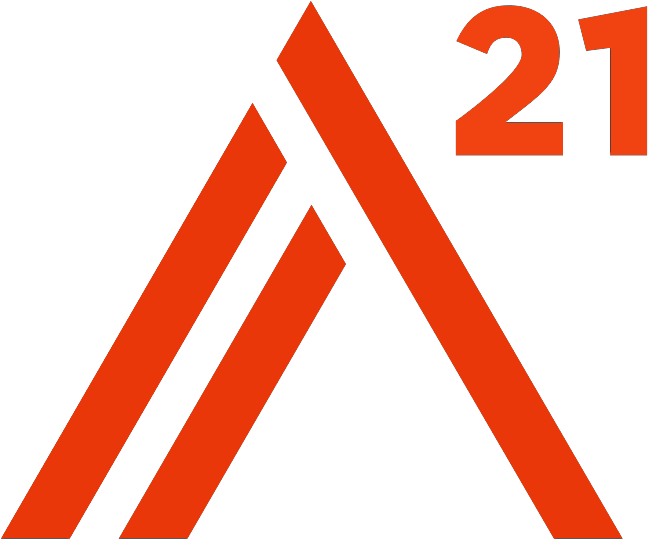
Human trafficking is slavery.
It’s the illegal trade of human beings. It’s the recruitment, control, and use of people for their bodies and for their labor. Through force, fraud, and coercion, people everywhere are being bought and sold against their will–right now in the 21st century.
But phrases like ‘slavery’ and ‘human trafficking’ can still feel ambiguous. This is the reality: slavery is violence. It’s physical, verbal, and sexual abuse. It’s forced prostitution. It’s barbaric working conditions.
Slavery is more stoppable than ever, and that’s why we’re here, rallying around the world and doing the work together.
Confirmation Content
Confirmation Content


Confirmation Content

Human trafficking is the
fastest-growing criminal
industry in the world,
generating more than
$150 billion USD
every year.
Confirmation Content
Confirmation Content


SEX TRAFFICKING–
Forcing, deceiving, or coercing a person to perform a commercial sex act.

FORCED LABOR–
Forcing a person to work in captivity for little or no pay.

BONDED LABOR–
Forcing a person to work for low wages to pay back an impossible debt.

INVOLUNTARY DOMESTIC SERVITUDE–
Forcing a person to work and live in the same place for little or no pay.

CHILD SOLDIERS–
Forcing a child to participate in an armed force.
Confirmation Content
Confirmation Content
![]()

Confirmation Content
Traffickers use different methods to recruit victims.
When we know how they are trafficked, we are given the power to stop slavery before it starts.
KNOWN WAYS A21 SURVIVORS WERE
TRAFFICKED GLOBALLY–
1. False job advertisement
2. Sold by family
3. Loverboy
4. other
5. Abduction
6. Trafficked By Friend
7. False Immigration
Confirmation Content
![]()
Look for clues that identify a possible
victim of modern-day slavery
Controlled by Another Person
They are accompanied by a controlling person, and do not speak on his or her own behalf, but instead defer to another person.
Controlled Movement
They are transported to or from work, or live and work at the same place. They show signs that their movements are being controlled.
Lack of Earnings
They are unable to keep his or her earnings: it is “withheld for safekeeping.” In many cases, the person owes a debt they are working to pay off.
Foreign, Unfamiliar with the Language
They have recently arrived in the country and do not speak the language of the country—or they only know sex-related or labor-related words.
Overly Fearful, Depressed, and Submissive Behavior
They are frightened to talk to outsiders and authorities since they are closely monitored and controlled by their trafficker(s). They may be fearful, anxious, depressed, overly submissive, and may avoid eye contact.
Bad Health and Malnutrition
They may have signs of abuse or signs of being denied food, water, sleep, and/or medical care.
Lack of Official Identification
They are not in possession of their passports, identification, or legal documents.
Confirmation Content
Signs of Physical Abuse
They may have bruises, scars, and other signs of physical abuse and torture. Victims of human trafficking are often beaten in areas that will not damage their appearance, such as their lower back.
Substance Abuse
They may show signs of drug use or drug addiction. They can be forced or coerced into drug use by his or her traffickers, or turn to substance abuse to help cope with his or her enslavement.
Lack of Trust
They may be distrustful and suspicious. A victim of human trafficking may act as if they distrust any person who offers them assistance or attempts to converse with them.
Lack of Personal Belongings
They may have few or no personal possessions.
Signs of Dependence
They may demonstrate affection, attachment, or dependence toward their abuser.
Deceived by a False Job Offer
Their actual job is different from the advertised job they had accepted.
Feelings of Being Trapped
They feel that they are unable to leave their current situation.
Confirmation Content
Confirmation Content
Confirmation Content

